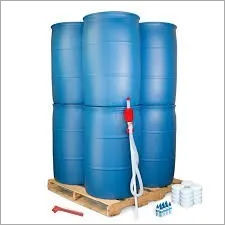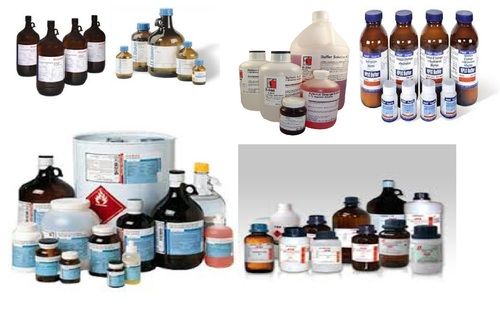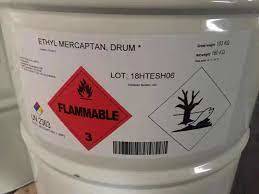
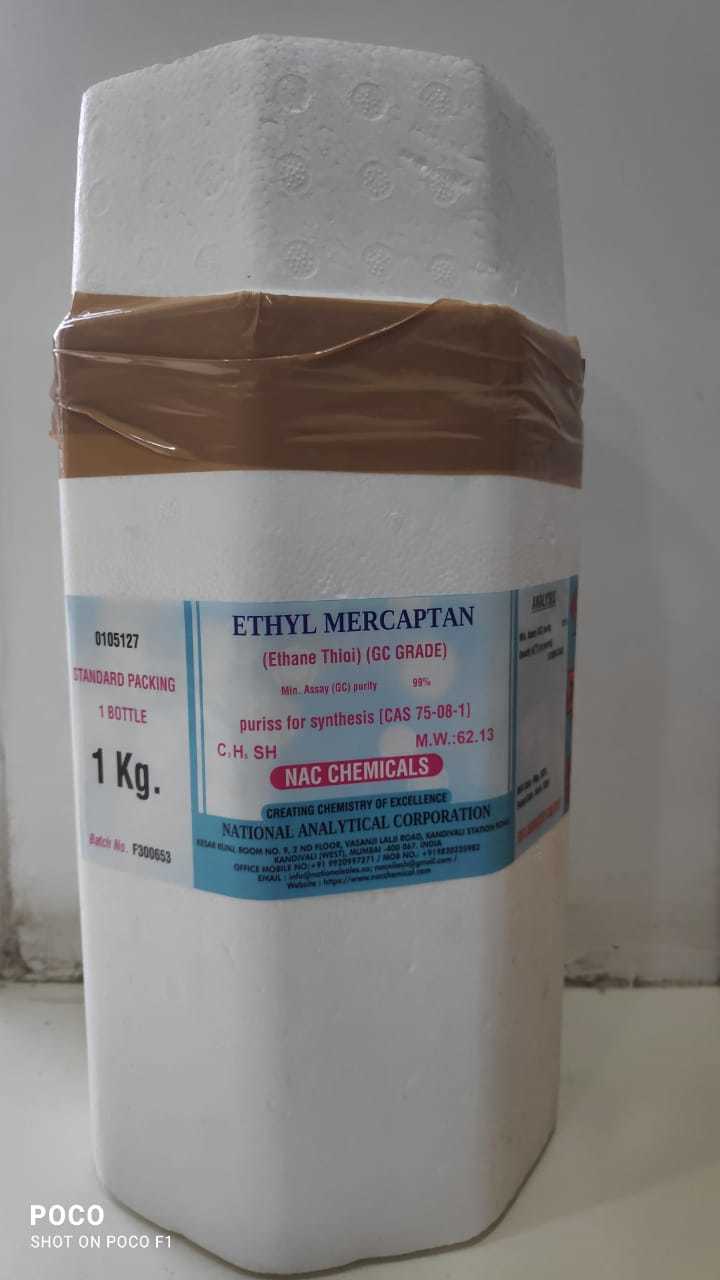
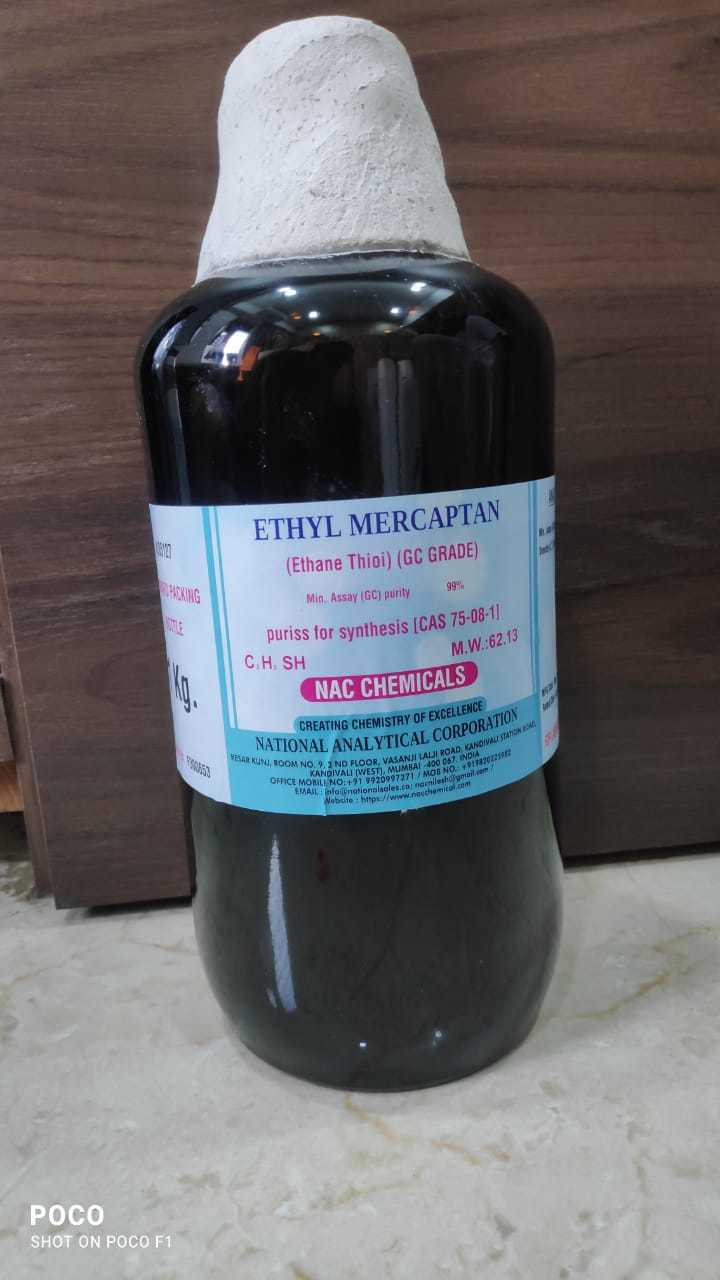
ETHYL MERCAPTAN
Product Details:
- Usage Lab Chemicals
- Storage Instructions Dry Place
- Grade Industrial
- Type Industrial Lab Chemicals
- Application Lab Chemicals
- Purity(%) 99.99
- Click to view more
X
ETHYL MERCAPTAN Product Specifications
- Lab Chemicals
- Industrial
- Industrial Lab Chemicals
- 99.99
- Dry Place
- Lab Chemicals
Product Description
Ethyl mercaptan, also known as ethanethiol, is a chemical compound with the formula CH3CH2SH. It is a member of the thiol (or mercaptan) family, which are organic compounds containing a sulfhydryl group (-SH). The characteristic odor of ethyl mercaptan is often described as foul or reminiscent of rotten cabbage. This distinctive smell is added to odorless gases, such as natural gas, to make leaks easier to detect.Key points about ethyl mercaptan: 1. Odorant in Natural Gas: Ethyl mercaptan is commonly used as an odorant in natural gas. Natural gas itself is odorless, so ethyl mercaptan is added in small amounts to give it a strong and unpleasant smell. This is done to aid in the detection of gas leaks, ensuring the safety of individuals and preventing accidents.2. Chemical Structure: The molecular formula of ethyl mercaptan is C2H5SH. It consists of a two-carbon chain (ethyl group, C2H5) bonded to a sulfur atom (-SH).3. Odor: The strong and disagreeable odor of ethyl mercaptan allows people to quickly notice the presence of gas leaks. The human nose is highly sensitive to the sulfur-containing compounds found in mercaptans.4. Toxicity: Ethyl mercaptan is generally considered to be of low toxicity. However, like other thiol compounds, it can cause irritation to the eyes, skin, and respiratory system. In high concentrations, it may have more severe health effects, and exposure should be minimized.5. Chemical Applications: Ethyl mercaptan is used in certain chemical reactions and processes. It is also a precursor to other sulfur-containing compounds.FAQs of ETHYL MERCAPTAN:
Q: What is the grade of ETHYL MERCAPTAN offered?
A: The grade of ETHYL MERCAPTAN offered is Industrial.Q: What is the purity level of ETHYL MERCAPTAN?
A: The purity level of ETHYL MERCAPTAN is 99.99%.Q: Where should ETHYL MERCAPTAN be stored?
A: ETHYL MERCAPTAN should be stored in a dry place.Q: What is the primary usage of ETHYL MERCAPTAN?
A: The primary usage of ETHYL MERCAPTAN is as lab chemicals.Q: What is the application of ETHYL MERCAPTAN?
A: The application of ETHYL MERCAPTAN is for laboratory purposes.Tell us about your requirement

Price:
Quantity
Select Unit
- 50
- 100
- 200
- 250
- 500
- 1000+
Additional detail
Mobile number
Email
 English
English Spanish
Spanish French
French German
German Italian
Italian Chinese (Simplified)
Chinese (Simplified) Japanese
Japanese Korean
Korean Arabic
Arabic Portuguese
Portuguese Get A Quote
Get A Quote 





